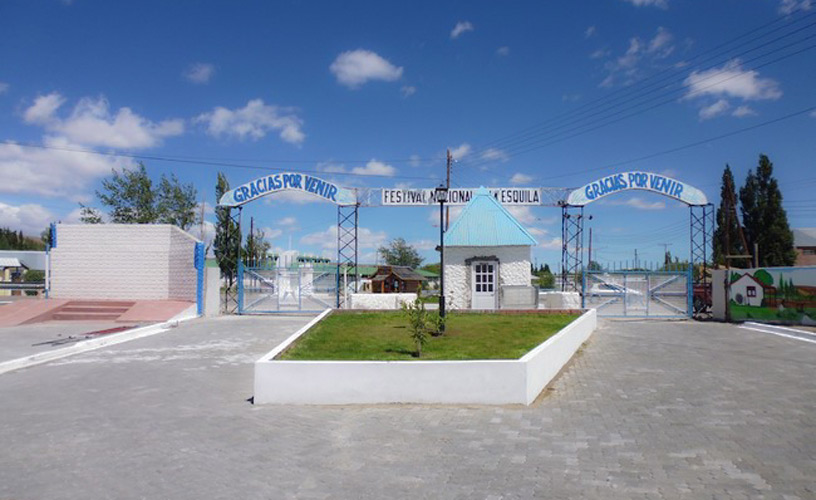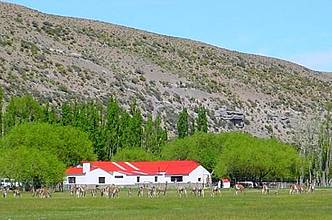National Shearing Fair
National Shearing Festival
Location: Predio, Río Mayo
Date: From 01/19/2018 - Thru 01/21/2018
We entered a fascinating world where the hardship of rural work is shown. Every estancia and every rural worker displays his abilities while competing with his peers.
People flocked to the National Shearing Fair in an assortment of ways. In trucks, on horseback and even on bikes they arrived at Río Mayo which welcomed everyone who chose to spend three nights and days outdoors. Most of the workers from nearby estancias or outposts came with their families. Enticed by the smoke from the asadores (spits) and the music over the loudspeakers, we elbowed our way in. The announcer was moved as he spoke about these country folk: ‘They devote each and every day throughout the year to sheep breeding and shearing. The first settlers’ only capital was their small herds. They traveled to Comodoro Rivadavia once a year to sell their wool and buy supplies. Families lived far from the cities and struggled bravely against the harsh weather and loneliness in search of a future.’ We were also told: ‘Backs bent by endless effort, we faced snow, wind and water; we brought the rams in at precisely the right time, we hoped the newly born lambs would not succumb to late snowfall. We clipped eyes, marked and cut tails and finally it is shearing time. This is the harvest, it is time to be rewarded for our sacrifice throughout the year. This is why we celebrate.’
Mónica Pons
Dirección de Cultura y Turismo de Río Mayo
Contact of the excursion or tour
Municipalidad de Río Mayo
Belgrano 585, Río Mayo, Chubut, Agentina
Phone: +54 2903-420035






















